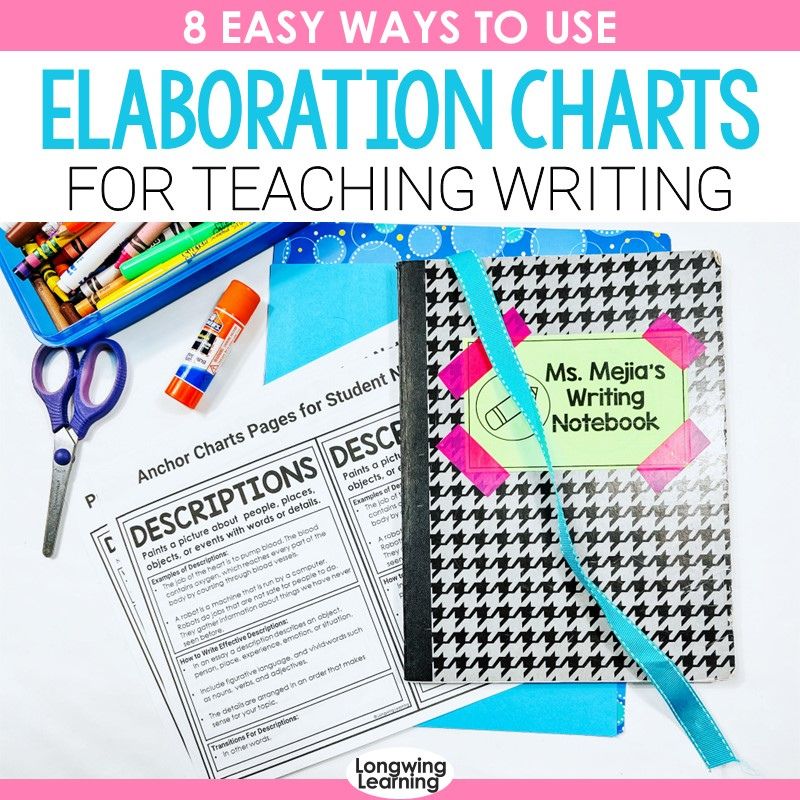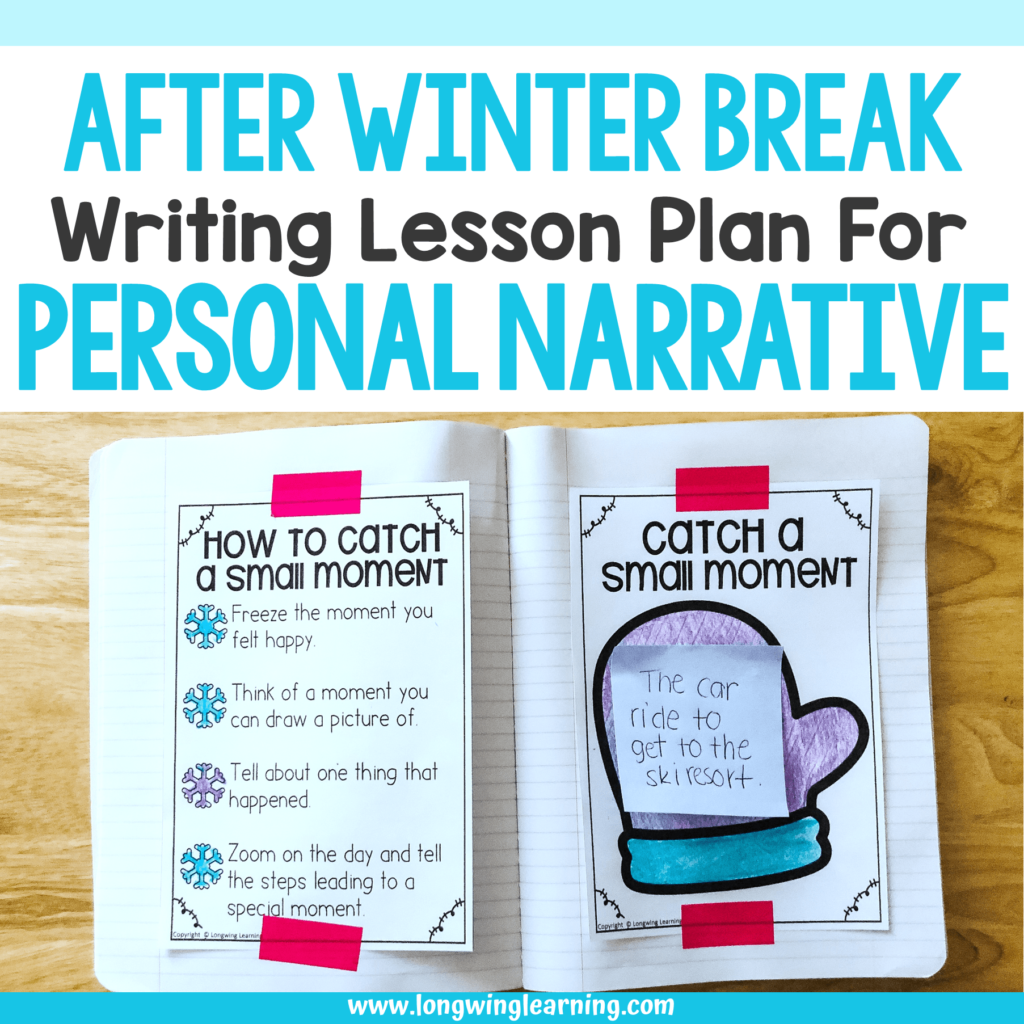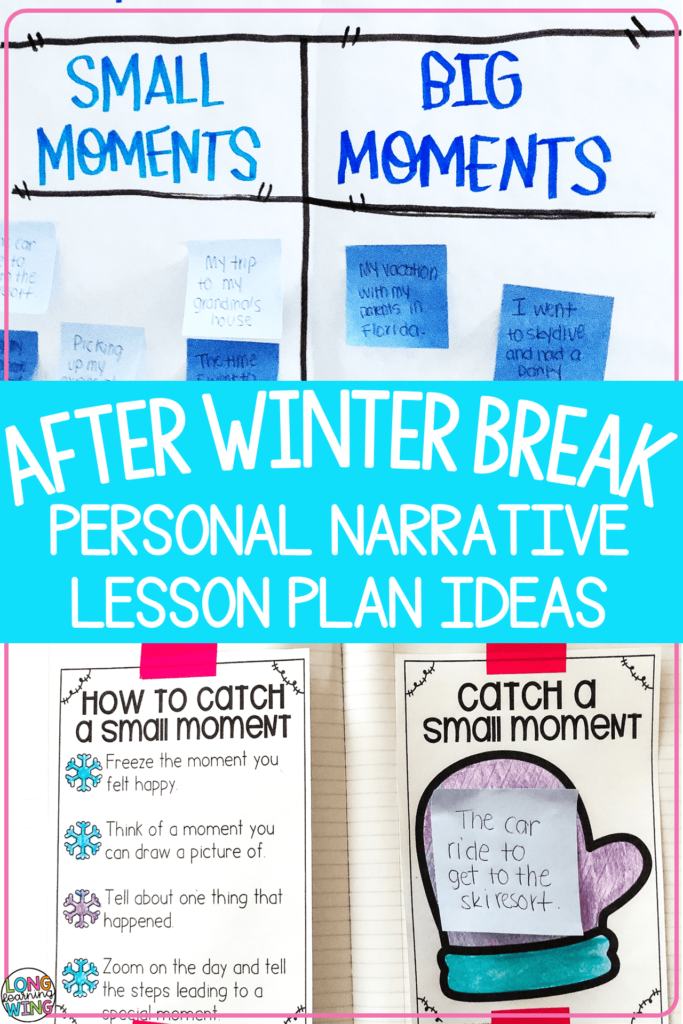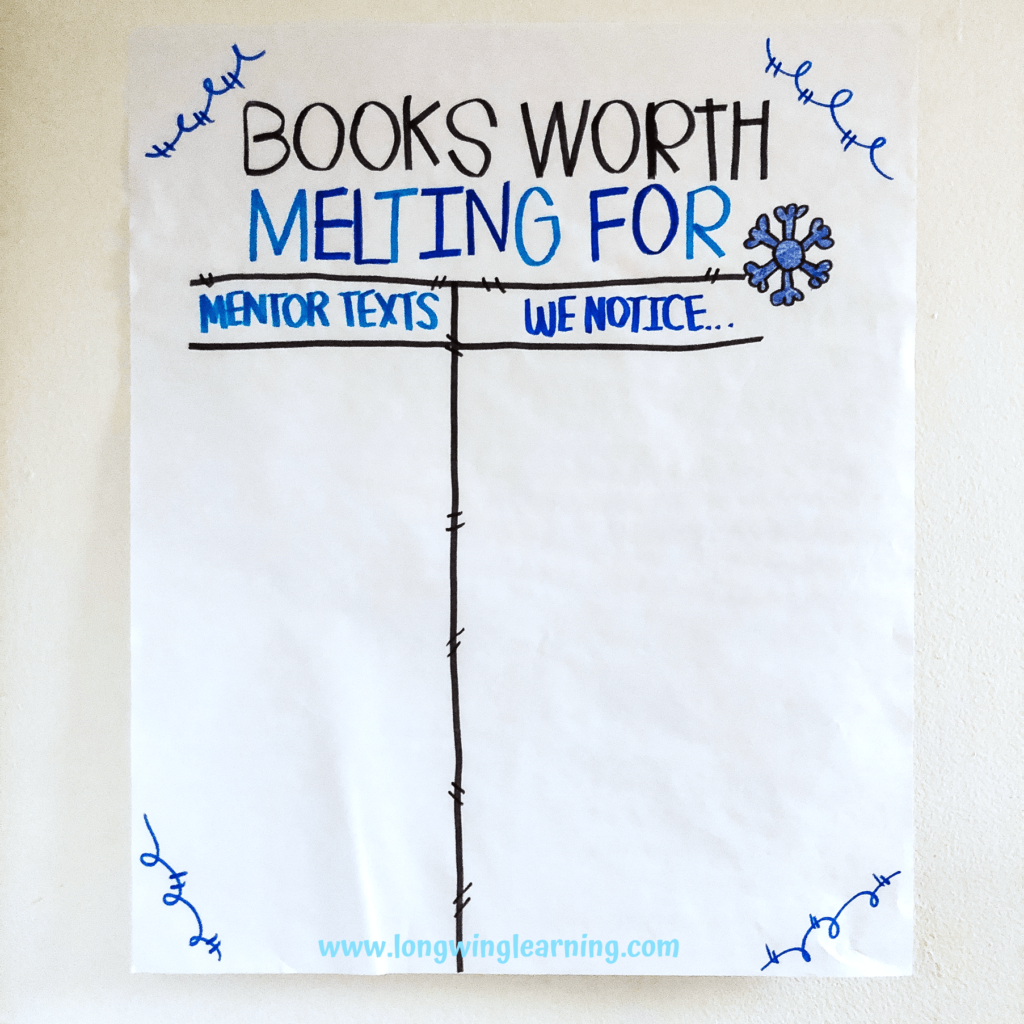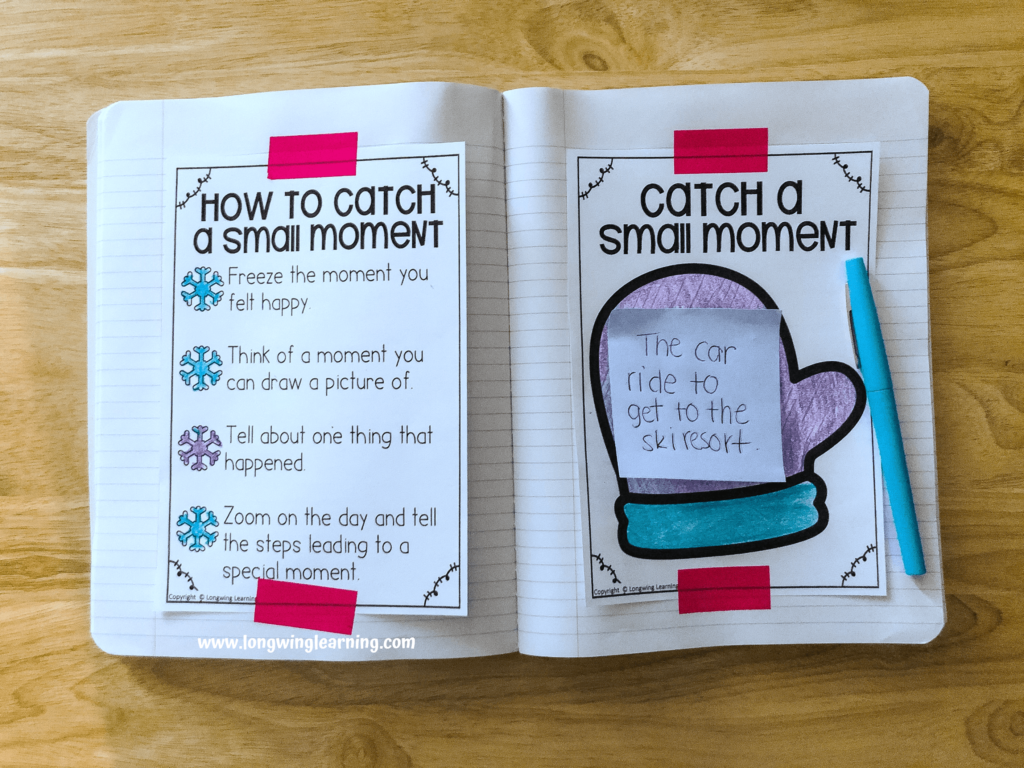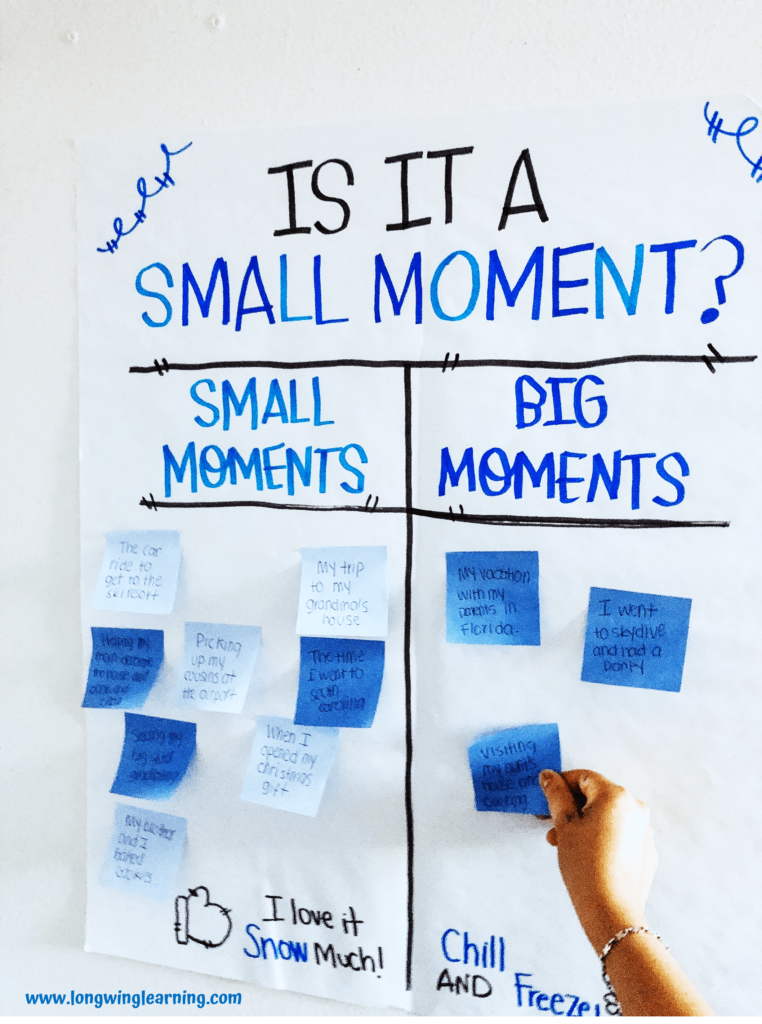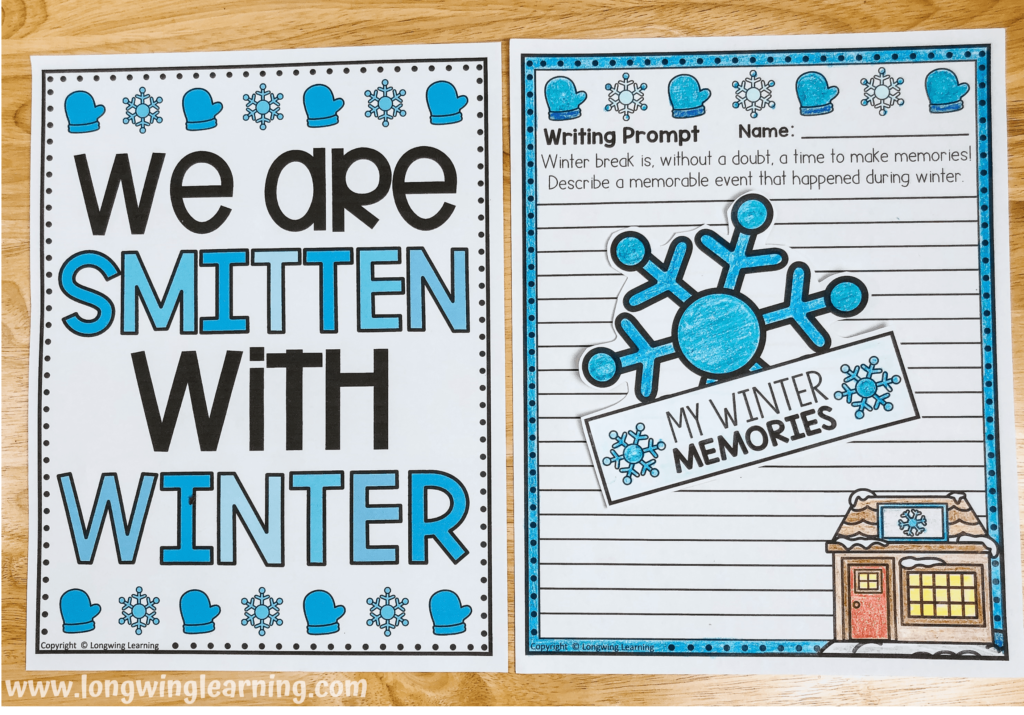8 Easy Ways to Use Elaboration Anchor Charts For Teaching Writing
It is a common teaching practice for teachers to use elaboration anchor charts to show students where and how they should elaborate on their writing.
I have always enjoyed using these elaboration anchor charts to teach writing to my students about the different types of elaboration.
However, I run into the problem that many of them need to remember to refer to them while writing an essay because they glance at them once and forget they exist.
So, this got me thinking, how else can I use these elaboration anchor charts after our writing lesson?
Read along to find eight easy ways to use elaboration anchor charts to teach writing besides displaying them on your classroom wall.
Repurposing Your Writing Anchor Charts
Make an interactive bulletin board by adding mentor sentences
Pass out sticky notes and have kids write examples of sentences they have included in their paragraph that matches each elaboration poster.
In the end, you will have a collection of mentor sentences to use with them.
Use a document camera to display the elaboration anchor charts
Before adding the elaboration strategy anchor charts on a bulletin board, you can introduce each elaboration technique by placing them under the document camera.
Then, prompt kids to read the examples and discuss each type of elaboration.
Use them as table signs for group work
Next time you have your students do group work, name each group using an elaboration strategy. Then, use the anchor charts as table signs.
If we want them to use the vocabulary words associated with writing, we must give them opportunities to practice using them.
Make an interactive revising activity
Here is an idea of a revising activity you can implement in your next writing lesson.
Start by adding each elaboration anchor chart to the top of a chart paper.
Then, include one paragraph underneath the elaboration anchor chart to revise. Finally, students can brainstorm ways to add that particular elaboration strategy in groups.
If you have them rotate through each elaboration, you will ultimately have different versions of the paragraphs and a great start to a classroom discussion.
Paste the elaboration posters in their writing notebook
If your students have a writing notebook, these elaboration posters would be a great addition to use as a reference.
Size down each elaboration anchor chart to 80% to fit the space of a composition notebook.
Students can easily refer to them throughout the school year. Now you will have space on your wall to add the next set of writing skills.
Create an anchor chart comparing and contrasting different types of paragraphs
Another writing mini lesson to add to your writing toolbox is to compare different types of elaboration to distinguish the differences among each type of elaboration.
It is a common mistake among new essay writers to need clarification about which elaboration strategy best fits their paragraphs.
Comparing two elaboration strategies at a time gives your students more writing practice, making them more likely to remember each elaboration strategy.
You can also use this classroom idea to help you differentiate your writing lesson.
Make an elaboration reference guide
Do you know you can print multiple pages on just one paper?
With this teacher hack, you can make an elaboration reference guide quicker than taking attendance!
Follow these steps to make your elaboration reference guide.
First, open the elaboration anchor charts file and continue the printing steps. Next, select the option to print multiple pages in one sheet in your printer setting.
Before pressing the print button, preview how the paper will print. Last select print if you are happy with your settings. You can go up to 16 pages in one sheet!
Use a Binder Clip to Hold the Elaboration Anchor Charts
Print the elaboration charts smaller and laminate them to place them in a binder clip or ring holder.
Now you can use them when working with students in a small group.
Your students can refer to these elaboration charts while brainstorming or writing essays.
Wrapping It Up
While elaboration anchor charts help teach different types of elaboration, there are alternative ways to use them than just being displayed on a wall.
They can be effective teaching tools when used creatively and strategically in the classroom.
As we discussed, they can be effective teaching tools when used creatively and strategically in the classroom.
Resources Featured
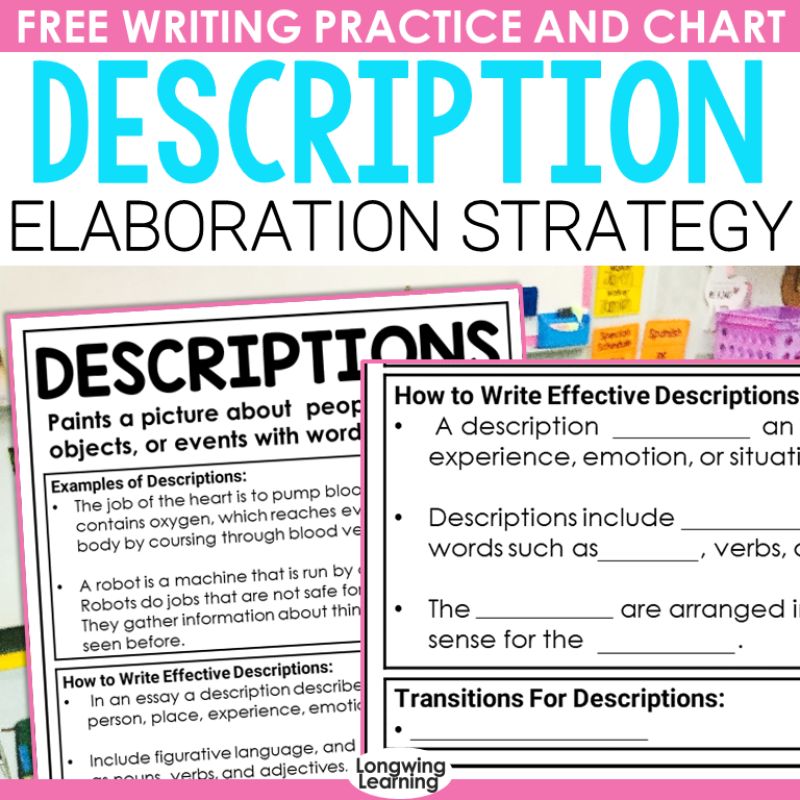
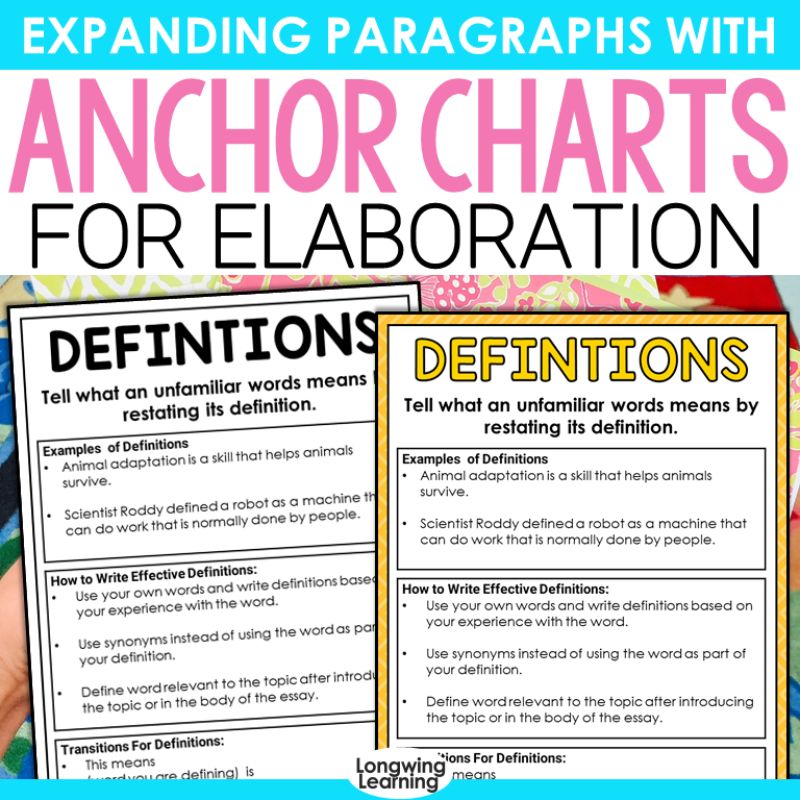
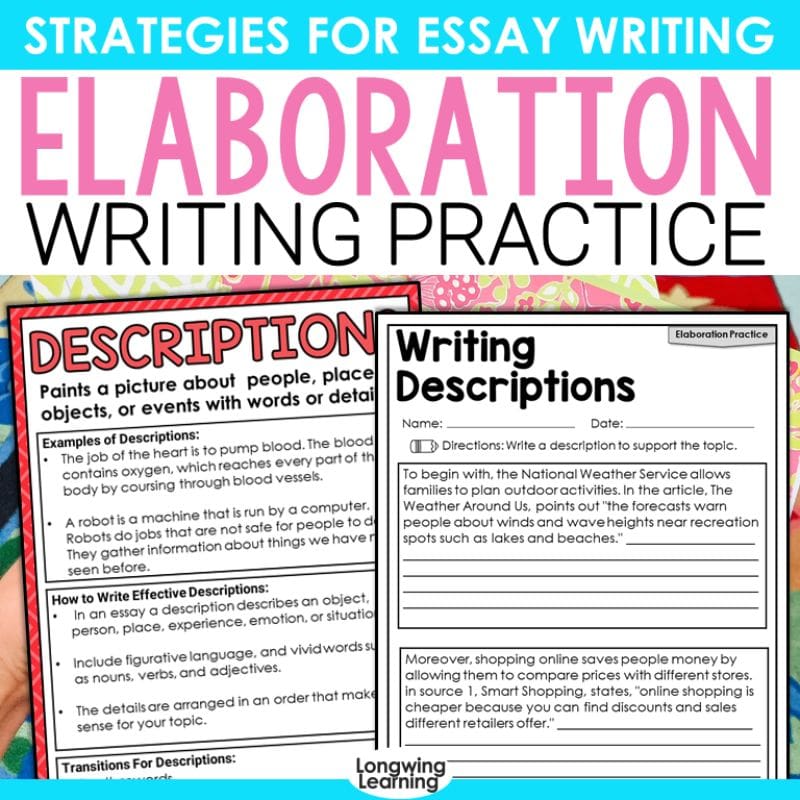
8 Easy Ways to Use Elaboration Anchor Charts For Teaching Writing Read More »

